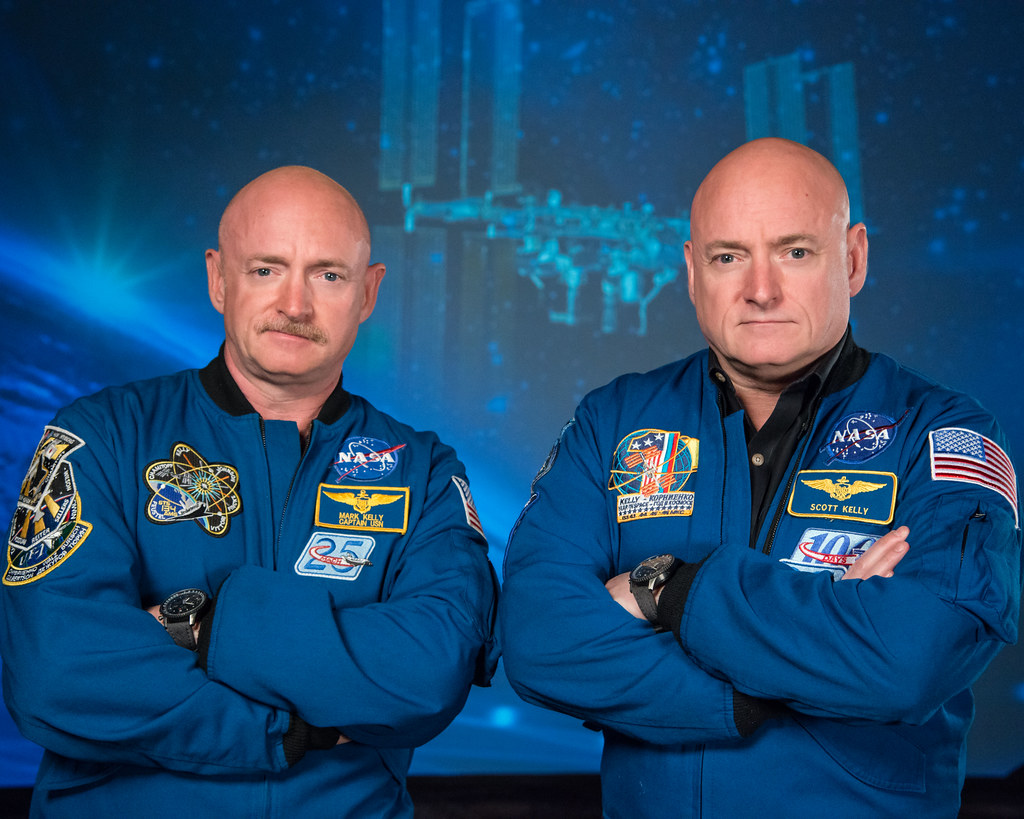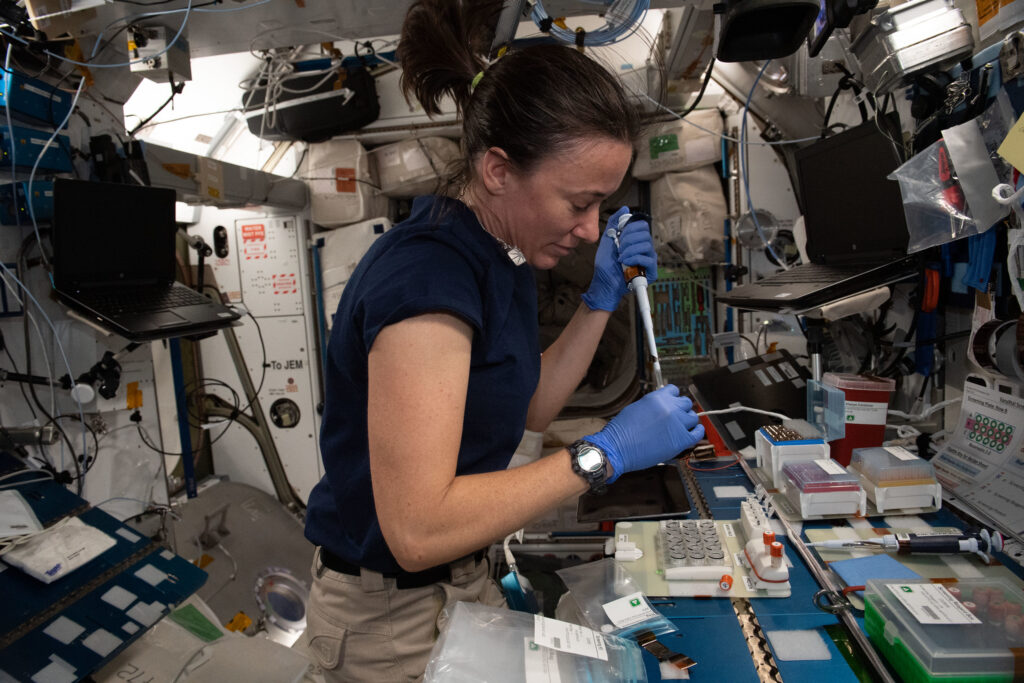Do you know how many people are in space right now? As of late February 2022, there are 10 people in space; seven are aboard the International Space Station (ISS) while three are inhabiting the Tianhe core module, which is the first section of China’s planned Tiangong Space Station.
You might have heard of the ISS or have even caught a glimpse of it soaring through the night sky, but you might not know what happens on the station that has been orbiting above us since 1998. For over 20 years, astronauts on the ISS have been conducting research spanning multiple scientific and technological disciplines. The primary advantages to performing research in space include being able to conduct experiments in an environment other than those found on Earth and learning how being in space for extended periods of time affects the human body. Scientific findings from the ISS help us prepare to one day send humans to other cosmic bodies in our solar system and can also aid in scientific advancement here on Earth. In this blog, I highlight three studies conducted aboard the ISS.
The NASA Twins Study
Over a period of 25 months, 10 research teams across the United States took biological samples from identical twin astronauts Scott and Mark Kelly. Scott spent a year in space aboard the ISS while his twin Mark served as a genetically identical control on Earth. The research teams conducted various biological analyses on samples taken before, during, and after spaceflight ranging from the investigation of the twins’ cognition to the gene/protein levels within their bodies. The study findings indicate that the human body can adapt to living in space with many of Scott’s metrics remaining normal while in space or returning to baseline levels after coming back to Earth.

Several biological metrics differed between Scott’s samples taken in-flight and Mark’s ground samples, including telomere length and which of their genes were turned on or off. A subset of Scott’s genes that differed in their expression levels postflight compared to preflight measures did not return to their baseline levels after 6 months on Earth. These genes, which were involved in immune function and DNA repair, indicate possible candidates for future human space-flight research. One important conclusion of the study is that immune system response to the flu vaccine works the same in space as it does on Earth. While aboard the ISS Scott gave himself a flu vaccine, which marks the first vaccination given in space. The differences in his inflight and pre/postflight flu vaccination readings were not statistically significant.
The twins study was groundbreaking in the sense that researchers were able to compare the samples they obtained from Scott in space to a genetically identical human who stayed on Earth. Similar studies of how humans are affected by spaceflight do not have this control. Additionally, very few stays on the ISS are longer than six months. Future missions that would take humans to Mars could last up to 3 years in space. The results of this study have paved the way for further research into how humans react and adapt to living in space which is crucial to future space missions.
Crystal Growth
Because biological molecules such as proteins are so small, researchers need to use techniques such as x-ray crystallography in order to determine their structure. This involves crystallizing the protein so that after exposure to x-rays it produces a pattern which can be turned into a 3D structure. Some protein crystals have fewer imperfections when grown in space. Experiments done on the ISS aim to determine exactly why that is and which proteins benefit from crystallization in space. Scientists think it might be because there is no gravity in space which means that there are fewer forces acting within the crystallization solution. Crystals with fewer imperfections enable better and more accurate 3D structures. With more accurate 3D structures, researchers can develop better treatments and inhibitors that rely on specific protein shapes.

Plants
If humans are to one day inhabit space stations or other planets for extended periods of time, we are going to need to grow our own food in space. Growing crops aboard the ISS is a fun and relaxing way to not only boost crew morale but also introduce fresh produce into a mostly prepackaged astronaut diet all while learning about the conditions needed for farming in space. Astronauts on the ISS study several aspects of plant growth including which plants will perform best in space, how gravity affects growth, and how to water plants in microgravity. They have found that wheat plants grew taller in space and that a second generation of mustard plants grown in space have different characteristics than those grown on Earth!
Throughout its 20 years in space, the International Space Station has been the platform for important research that could not truly be replicated anywhere on Earth. This research not only aids in space flight and exploration progress, but also benefits humanity back on Earth. Funding for the ISS will end within this decade, allowing private companies to launch their own mixed-use stations while NASA shifts its focus to deep space exploration. But until then, be on the lookout for more out of this world research conducted aboard the ISS!
Peer edited by Nila Pazhayam